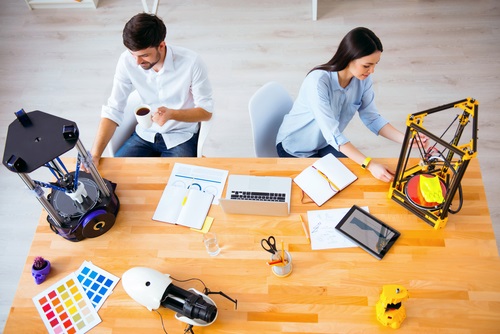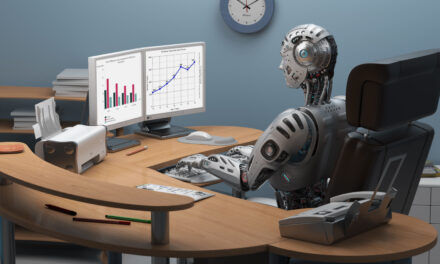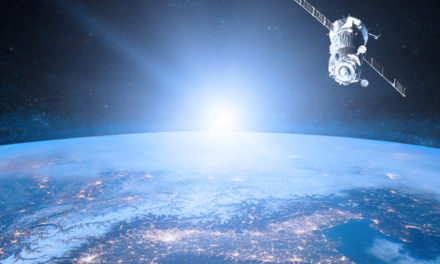
The Future of … 3-D Printing
3-D represents a revolution that will affect virtually every part of our economy, from manufacturing to medicine, and from pharma to food. Enjoy!
To view the full article please register below:
The Future of … 3-D Printing
The Future of … 3-D Printing – No. 10 in the series,
3-D Printing Heralds a Manufacturing Revolution
Understanding 3-D printing can be difficult for average people to wrap their heads around, especially when our entire “printing” experience involves a machine spitting ink onto paper. With 3-D printing, software is employed to create 3-D images of a product and, instead of using ink, different materials—such as wood, metals, plastic, glue, etc.—are used to build a range of solid items from airplane parts to custom toys.
3-D represents a revolution that will affect virtually every part of our economy, from manufacturing to medicine, and from pharma to food.
Its impact on manufacturing is expected to be profound, even if just 0.01 percent of manufacturing output is currently 3-D printed.1 The most common uses today involve producing prototypes that make it easier and cheaper to tweak designs and manufacturing methods, though that’s about to change.
The use of 3-D printing in mass production is accelerating. For example, Airbus is now producing aircraft parts using 3-D technology, and nearly all the hearing aids produced worldwide are done with 3-D printing.
The transition to 3-D printing production holds enormous benefits to manufacturers, including:
- Transforming the product cycle from concept to production into a single seamless digital process, making the entire exercise easier, faster and cheaper
- Opening the door to greater design freedom and innovation
- Setting the stage for manufacturers to transition to service providers; much like software companies that deliver upgrades to its customers, manufacturers may soon be able to keep its customers continuously updated digitally with fixes and updates
- Using material inputs more efficiently, driving down costs and sharply reducing the waste of materials that are often an unavoidable by-product of the production process
- Operations will become more flexible and raise the ability to meet the customization needs of its customers; a 3-D printer can print 20 different versions of a product as easily as it can print 20 copies of the same version
- Matching production to demand will become simpler, resulting in less unsold inventory
The adoption of 3-D manufacturing could also bring back to U.S. shores much of the production that has moved overseas, owing to the narrowing of the production cost differential and speed of delivery to customer that favors more local manufacturing.
But, perhaps the biggest revolution is how 3-D changes the consumer experience. In the future, we may see a world in which Americans have personal 3-D printers capable of making a wide range of products right in their home, saving them from shopping in the mall or on Amazon.
Source:
http://usblogs.pwc.com/emerging-technology/5-ways-3d-printing-revolutionizes-manufacturing/
See referenced disclosure (2) at https://blog-dev.americanportfolios.com/disclosures/
Want to learn more about what our futures may hold? Check out other blogs in “The Future Series“.












